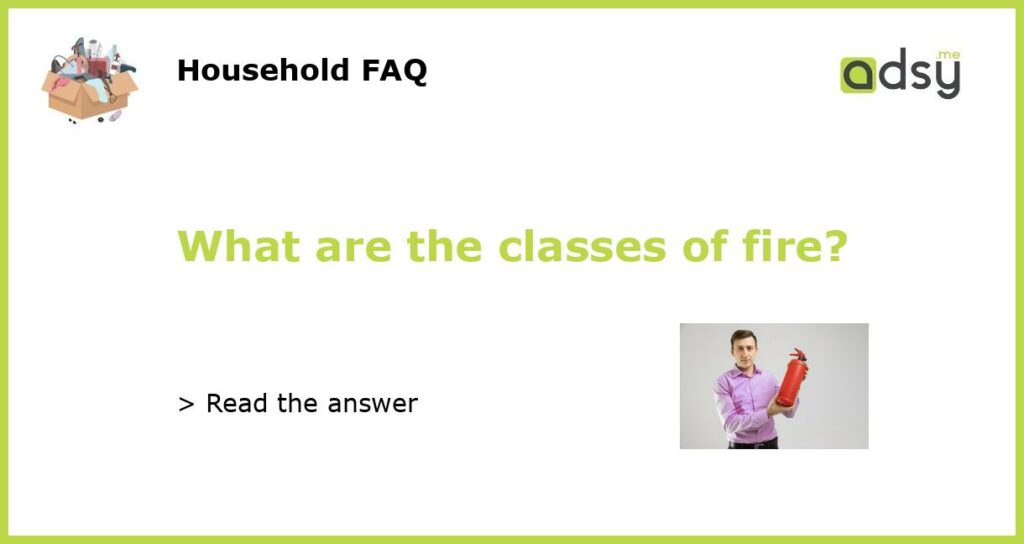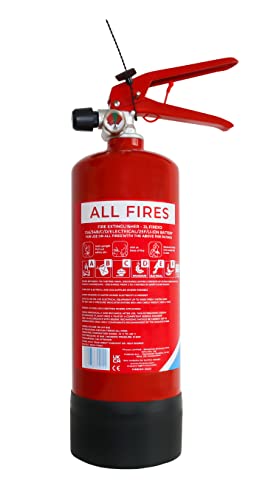Understanding the Different Classes of Fire
Fires can have varying characteristics, which is why they’re classified according to the types of materials that fuel them. Knowing the different classes of fire is important for fire protection and safety. So, what are the classes of fire?
Class A Fires
Fires that involve common combustibles such as wood, paper, and textile materials are classified as Class A fires. These types of fires are usually easy to put out and can be controlled with water or other extinguishing agents. However, it’s important to note that using the wrong type of extinguisher can make the situation worse.
Class B Fires
Flammable liquids and gases such as gasoline, propane, and oil are examples of the materials that fuel Class B fires. These fires can spread quickly and easily, making them difficult to extinguish. Firefighters often use a foam extinguisher or carbon dioxide when dealing with Class B fires.
Class C Fires
Class C fires are those that involve electrical equipment such as appliances, wiring, and transformers. It’s important to shut off the power supply before attempting to put out a Class C fire. Using water to extinguish these fires can lead to electrocution, so it’s best to use a dry chemical extinguisher instead.
Class D Fires
Class D fires involve combustible metals such as magnesium, titanium, and potassium. These fires require specialized extinguishing agents because water can react with the metal and cause an explosion. Powdered copper or graphite can be used to smother a Class D fire.
Class K Fires
Fires that involve cooking oils and greases are classified as Class K fires. These fires are common in commercial kitchens, but can also occur in home settings. Class K fires can burn at extremely high temperatures and can reignite even after being extinguished. A wet chemical extinguisher is typically the most effective way to put out a Class K fire.






